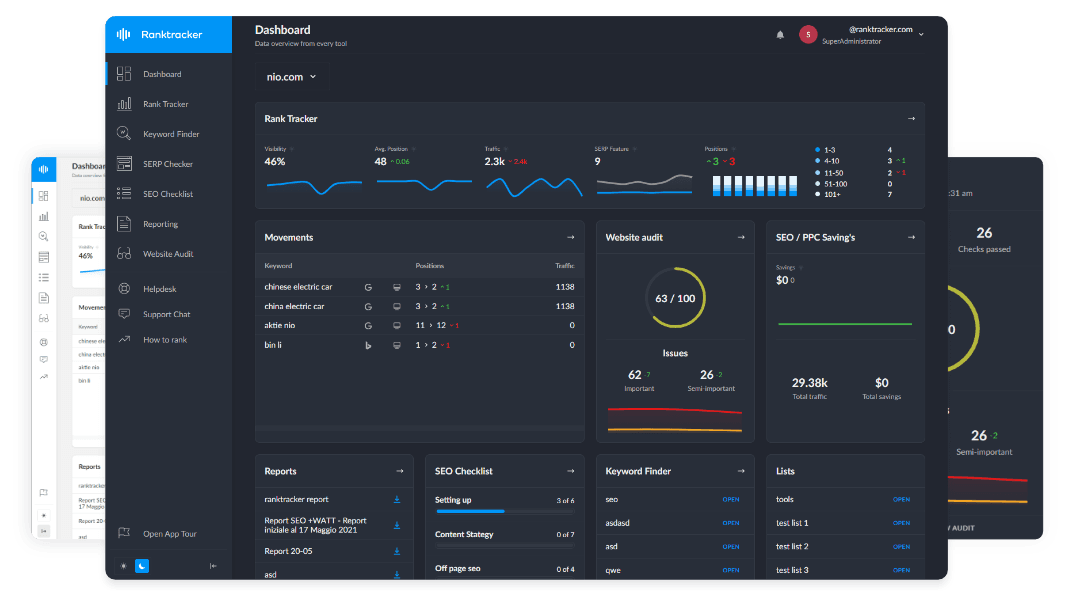Intro
Update Score is a metric used by Google to determine how frequently a webpage is updated and whether those updates improve its relevance. Google assigns higher rankings to fresh, regularly updated content that aligns with current user intent.
Why Update Score Matters for SEO:
- Affects Google’s Freshness Algorithm, influencing rankings.
- Helps keep content relevant, reducing content decay.
- Improves SERP positioning for time-sensitive and evergreen topics.
How Google Evaluates Update Score
1. Frequency & Recency of Content Updates
- Google tracks how often a page is updated and the significance of those changes.
- Example:
- A blog updated quarterly with new insights has a higher update score than a static page from 2015.
2. Magnitude of Content Changes
- Minor edits (fixing typos) vs. major updates (new sections, statistics, or restructured content).
- Example:
- Adding 500+ words, fresh data, and updated references improves update score.
3. Content Addition vs. Removal Ratio
- Google prefers expanding valuable content rather than deleting sections.
- Example:
- Removing outdated information without replacing it can lower update score.
4. User Engagement & Behavioral Signals
- Updated content should improve CTR, dwell time, and engagement.
- Example:
- A refreshed SEO trends article gains longer session duration & social shares.
How to Optimize for a Higher Update Score
✅ 1. Refresh Existing Content Regularly
- Update at least every 6-12 months, depending on topic competitiveness.
- Add new statistics, expert quotes, and updated strategies.
✅ 2. Expand Content with Relevant Insights
- Identify gaps in existing content and add in-depth sections.
- Example:
- "SEO Tools Guide" → Add new tool recommendations for 2024.
✅ 3. Improve Metadata & Structured Data
- Update title tags, meta descriptions, and schema markup.
- Example:
- "Best Keyword Research Tools in 2023" → Update to 2024.
✅ 4. Optimize Internal Linking Strategy
- Refresh internal links to newly updated pages.
- Example:
- A refreshed Technical SEO guide should link to recent Core Web Vitals updates.
✅ 5. Track Update Score with SEO Monitoring Tools
- Use Google Search Console to monitor ranking fluctuations post-update.
- Analyze Ranktracker’s SERP Checker for update impact on search positions.
Tools to Track & Improve Update Score
- Google Search Console – Identify ranking improvements after content updates.
- Ranktracker’s Web Audit Tool – Monitor content freshness & update impact.
- Surfer SEO & Clearscope – Optimize semantic relevance & content updates.
Conclusion: Leveraging Update Score for SEO Success
A high Update Score helps maintain search rankings, content relevance, and user engagement. Regularly updating content with new insights, improved metadata, and optimized internal linking ensures long-term SEO success.

